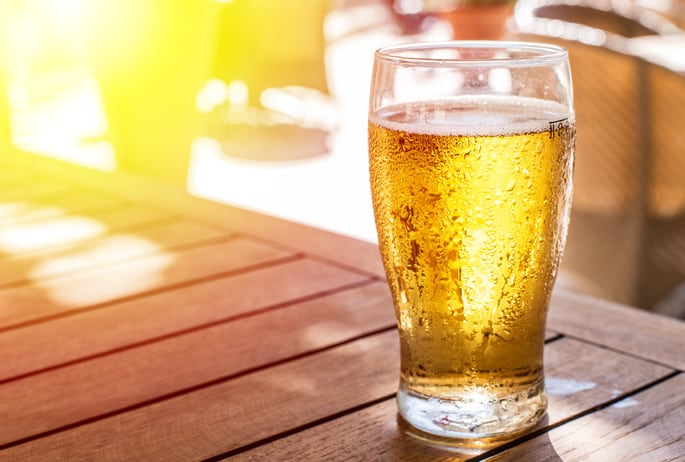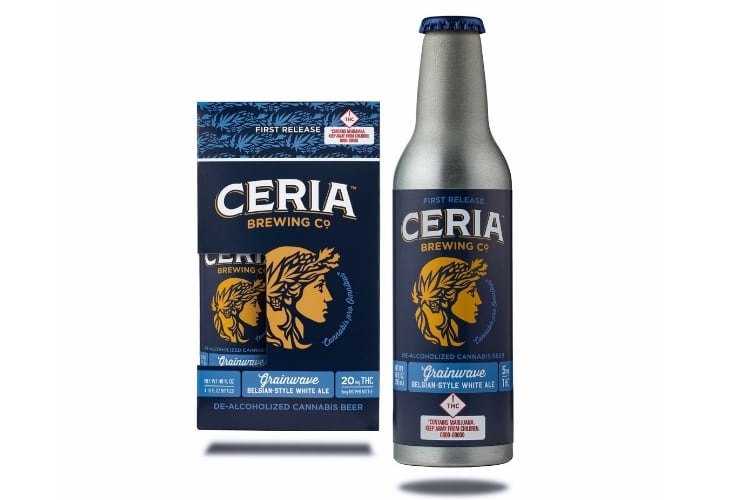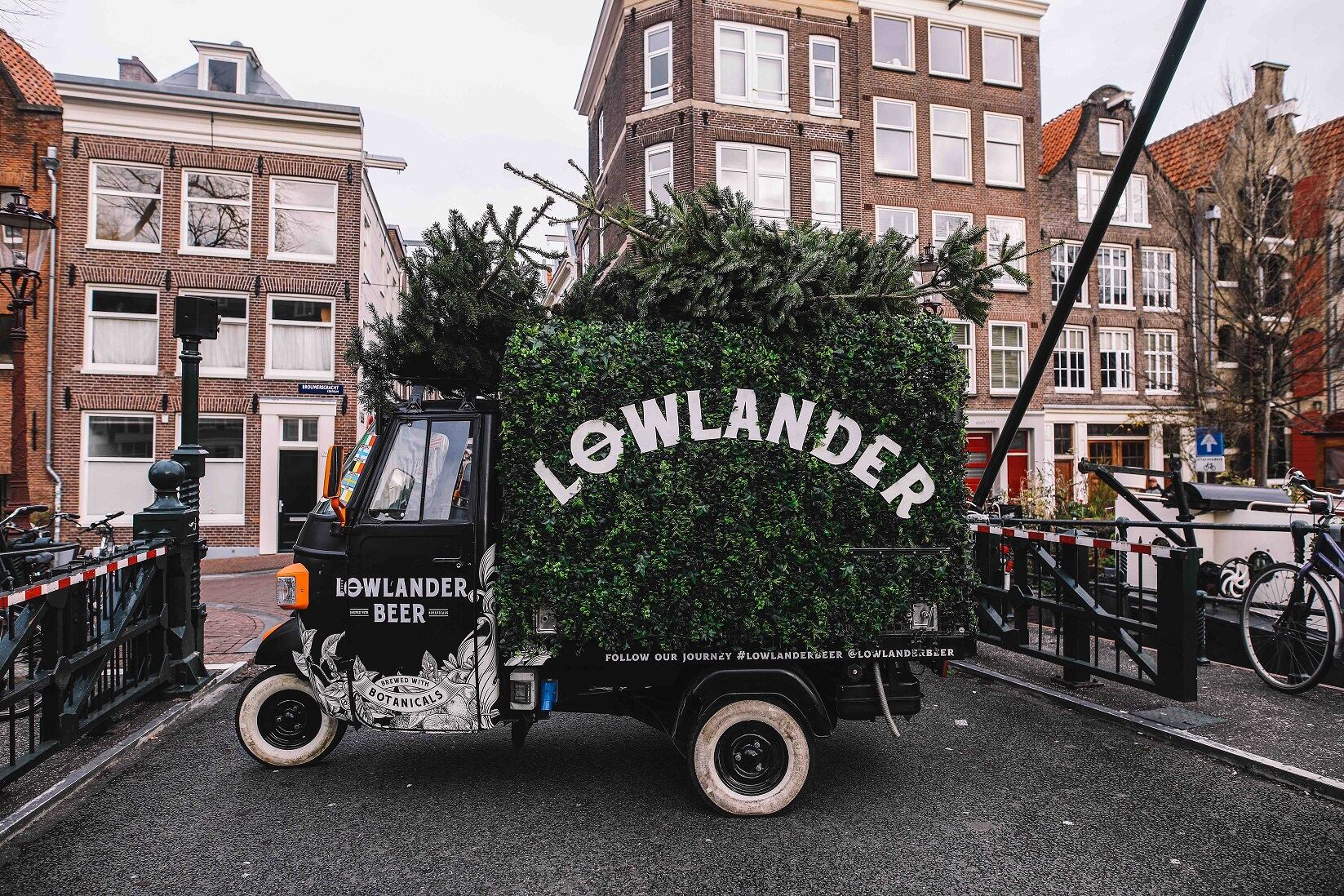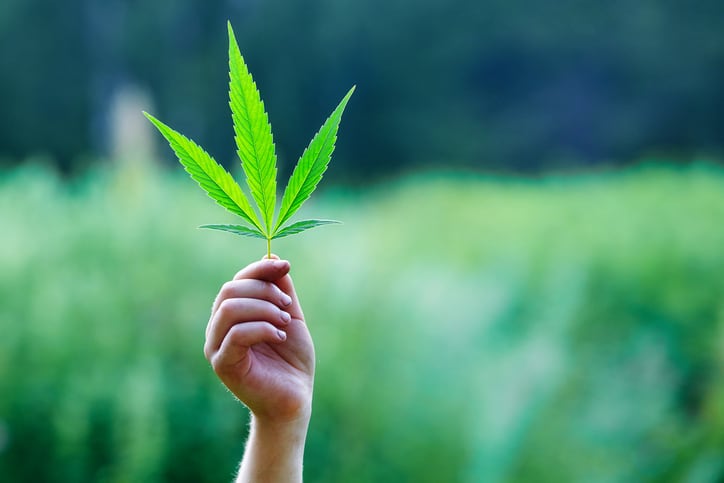For the big brewers, offering a non-alcoholic alternative to their biggest brands is now almost an expectation – take for example Budweiser and its non-alcoholic counterpart Budweiser Prohibition; Heineken and Heineken 0.0; Carlsberg and Carlsberg 0.0.
And such brewers would argue they have succeeded in overcoming the key challenges that have plagued the category for decades, such as a perceived inferiority in taste and a question over their social acceptability.
While no/low alcohol beers are by no means the sole domain of the big brewers, it is their might and muscle that is helping validate the category and drive growth.
Value over volume
Growth in the overall global beer category is around 2% (CAGR 1999-2017). Figures from GlobalData, however, suggest much more dynamic growth in the no and low alcohol categories: around 4% for no alcohol and 3.5% for low alcohol.
The key driver for this trend is health and wellness - around 37% of consumers state they plan to cut down on alcohol, according to GlobalData. And it’s the new generation of beer drinkers - those aged between 18-24 – who are most keen to reduce their alcohol intake.
But these consumers are not looking for a compromise in low/no alcohol beverages: they're looking for an equivalent.
'Drinking less but drinking better' is the motto for today's beer industry. For many consumers, drinking better is about choosing premium options with better ingredients or production processes - as so strongly evidenced by the craft movement. But consumers are also looking for brews they consider to be more favorable to their health - for example with drinks that are lower in alcohol, lower in calories or use organic ingredients (take for example Carlsberg Organic Non-Alcoholic or Michelob Ultra Pure Gold).
In a market of stagnant volumes, the beer category is increasingly about zeroing into categories of high growth and high value - such as no and low alcohol beer.
Low alcohol beer is generally considered to have an ABV of 3.5% or less; while no alcohol is 0.0%-0.5%, depending on the market.
Carlsberg estimates that the growth rate for non-alcoholic beer is three times higher than the average beer market, with gross profit per hectolitre exceeding the average for the beer category.
AB InBev, too, sees a similar opportunity: observing that no and low alcohol brands often command a premium price point and that margins are typically higher, given that excise taxes tend to be lower.
Heineken 0.0: Charting the expansion from Europe to the US
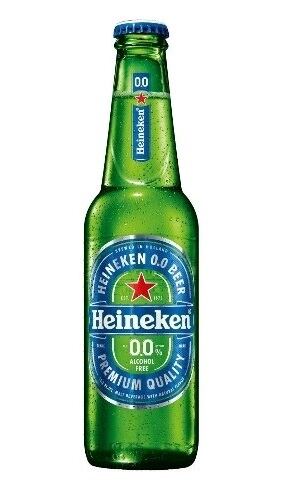
Heineken’s volume in the no/low alcohol beer category has increased to 13.1 million hectolitres in FY2018, up from 12.5 million in 2017. This increase has been driven by its flagship drink’s non-alcoholic alternative - Heineken 0.0 – which was launched in 2017 and continues to expand into new markets.
Heineken 0.0 starts out with traditional beer ingredients like water, malted barley and hop extract. Then it’s twice-brewed and fermented with Heineken’s A-yeast before alcohol is removed in a natural process. The final step is to blend the beverage to achieve a “fruity flavor and slight malty notes.”
Having initially launched in Europe, where interest is no/low ABV beers is among the strongest, Heineken is now available in 38 markets around the world, including the US, with further expansion planned this year.
In Europe, Heineken 0.0 has benefited from the company’s strong market position and demand for lower alcoholic beverages, helping its low and no alcohol portfolio grow high single-digit in FY2018. Heineken says that the beverage is not cannibalizing its other beers, but rather is opening up new consumption occasions such as lunches, after sports, or when people need to drive.
In the US, however, Heineken 0.0 only launched in January; making it early days for the brand. CEO Jean-Francois van Boxmeer notes that the US market will be different to Europe for the company, but is confident that the demand exists.
“In Europe, it [Heineken 0.0] is a safe bet," he said. "We are, in all our European companies, in a position where we are practically a market leader or if not the number one, a very strong number two. So we have a kind of infrastructure in which we place it that is secure.
“In the US, it’s a bit more delicate because we are a very, very small player in absolute terms. But also we ally with distributors who have a strong belief themselves that there is a need in their local markets and this, in priority with those distributors, that we work to try it out.
"And we're trying it with the belief that also in America there are moments where you don’t want to drink alcohol, you have people who never drink alcohol and you have people who love beer and don’t want to have the alcohol inside; or want to have a glass of beer and be able to take their automobile back home. Or in sports clubs or all these kind of things.
“So we’ve got to give it a try - so far it’s never done in a serious way in America. But we think there is a demand for it, we’re going to try it out with open eyes, and we’ll see what comes out of it."
But while Heineken 0.0 is the flagship brand for Heineken in the no/low alcohol space, it is far from its only no/low alcohol brand. Marrying two key growth categories, for example, is the launch of a lower alcohol variety for its craft style Affligem Belgian Abbey Beer.
Across its beer and non-beer portfolio, the Dutch beer giant now has some 325 low and no-alcohol products across 125 brands. “Our distinct portfolio in this category is growing, ranging from non-alcoholic beers and radlers to malt beers, with an innovative focus on malt-based and energy beverages,” says Heineken.
“The growth of the low and no alcohol segment is expected to continue and our ambition is to be the leader in this space. We aim to do so by being at the forefront of taste innovation and leveraging the cultural shift towards a healthy, balanced lifestyle.”
'People don't want their choices to be limited to water or soft drinks'
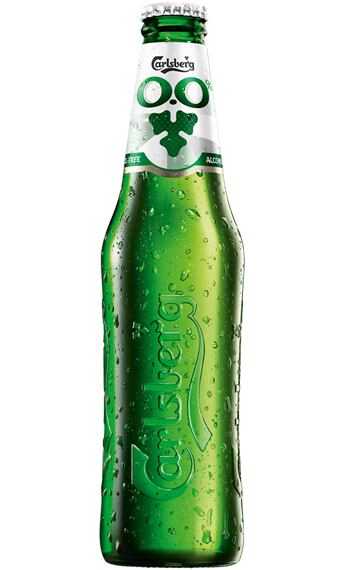
As for Heineken, Europe has been the central growth driver for Carlsberg’s alcohol-free beer growth. The Danish brewing giant saw its alcohol-free brew volumes grow 33% across Western Europe in FY2018.
It says it sees a ‘significant increase’ in the alcohol-free category: pledging to put more finance into the category moving forward.
Carlsberg’s combined craft, specialty and alcohol-free brewers now make up 30% of its global revenues, and 7% of its volumes.
It has launched an alcohol-free version of its flagship Carlsberg brand: Carlsberg 0.0 (Carlsberg describes this brew as “sharp and naturally refreshing as a traditional lager – yet is free of alcohol…Like all of our beers, it is brewed with natural ingredients…then brewed in the same way as we brew our Carlsberg Pilsner style beer, before are gently removing the alcohol”).
Depending on the market, it now also offers options such as Carlsberg Nordic Ale, Carlsberg Organic Non-Alcoholic and Carlsberg Nordic Gylden Bryg (all 0.5% ABV)
It also has other brands such as Munkholm in Norway, Feldschlösschen Alkoholfrei in Switzerland and Baltika #0 in Russia (which grew 35% in FY2018).
Its first global standalone alcohol-free brew Birell – which was launched in May last year in Bulgaria and Poland – has been met with a ‘positive response’ with a wider roll out planned for this year.
"The alcohol-free category has seen huge growth in the last few years as consumers develop greater awareness of the food and drinks they purchase" - Carlsberg
In launching Birell, Carlsberg says it is responding to 90% growth in the alcohol-free beer category over the last 10 years. It sees consumers turning to non-alcoholic beer from other non-alcoholic beverage categories.
“The alcohol-free category has seen huge growth in the last few years as consumers develop greater awareness of the food and drinks they purchase. As a result, more people are opting for alcohol-free drinks: but they don’t want their choices to be limited to water or soft drinks. They are seeking a wider range of relevant and great tasting refreshment choices.”
No/low alcohol beers: Not just an alternative, but a whole new market
Across the F&B industry consumers are seeking new brands and new experiences: and this is a trend reflected in the beer – and no/low alcohol beer – category.
AB InBev CEO Carlos Brito says the sector is no longer about having one or two alternatives to traditional beers: it’s about mirroring the choice found in the traditional beer category with a wide range of no and low beers.
This gives consumers a variety of beers that appeal to different needs, occasions, flavors and styles.
Consequently, it launched 12 new products in 2018 resulting in a portfolio of 76 no/low alcoholic brands around the world. These include Budweiser Prohibition (launched in 2016), Hoegaarden 0,0 (2012), Jupiler 0,0%, Castle Free (launched in South Africa in 2017), Carlton Zero (launched in August in Australia), Aguila Cero (Colombia), and Leffe Blonde 0.0% (launched this year in Belgium).
“We believe it's [the no/low ABV category] about different brands,” says Brito. “In Belgium we have Hoegaarden zero-zero with different flavors. We have Leffe zero-zero and we have Jupiler zero-zero.
"And that's exactly what consumers want, because these brands are different, they offer different profiles in terms of liquid, styles, and consumers want to have that option."
A mainstream choice?
The key question for the beer industry is whether no and low alcohol beers are set to become a mainstream choice. Another key question is whether they are able to draw consumers in from neighbouring categories such as soft drinks; or whether there is a danger their success will come at the expense of brewers' core brands.
It's not a question of if or when these brewers will consider no and low alcohol brews as an integral part of their future: AB InBev has clearly stated its goal to for no and low alcohol beers to account for 20% of its brews by 2025.
Given that it's the world's largest brewer, that's a lot of beer.

